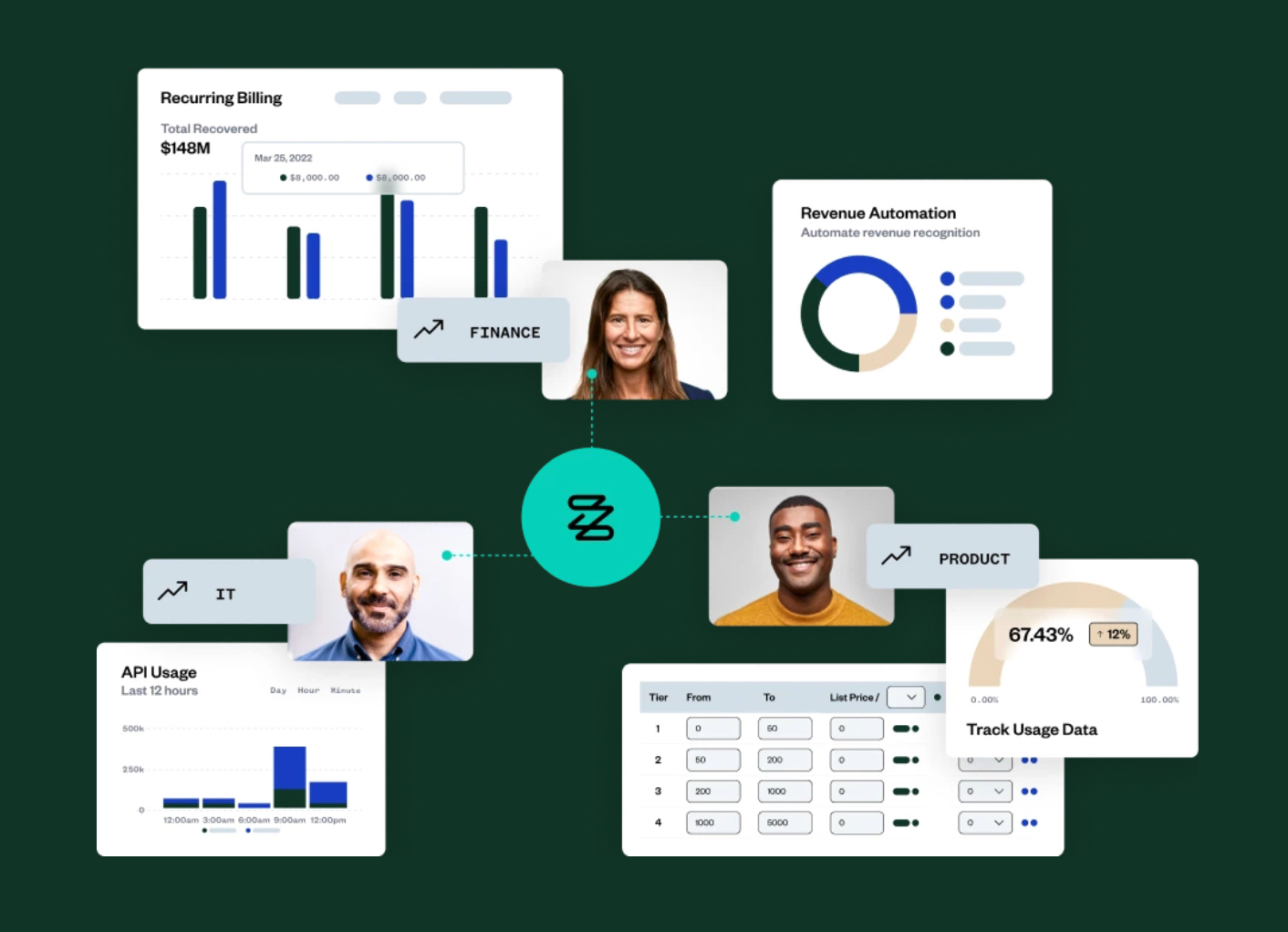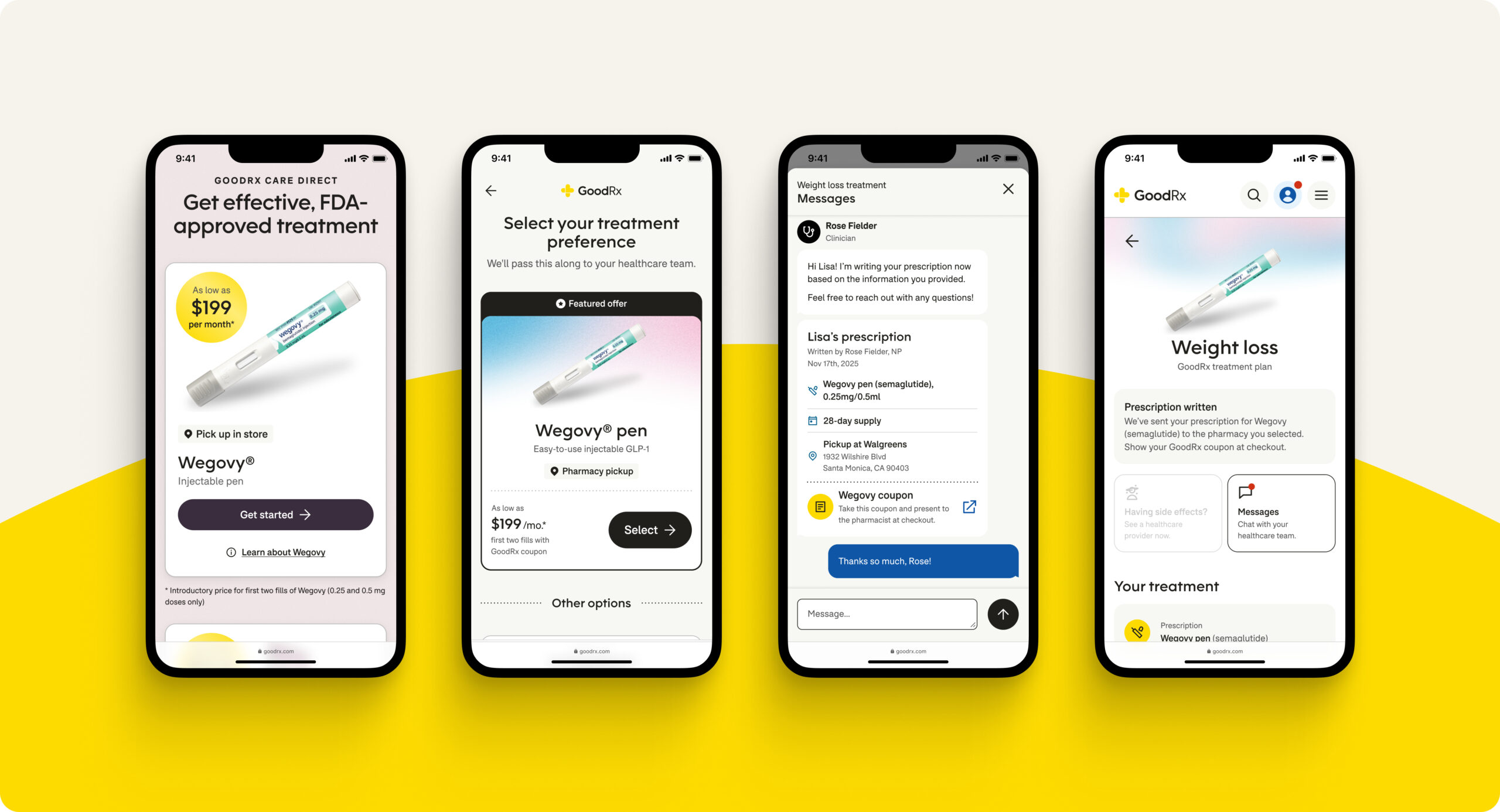
Five on Friday: Antitrust Trials, Music Revenue and Prime Video Ads
In this week’s edition of Five on Friday, Meta expands their verification program to business accounts, Google’s antitrust trial is in full swing, and the Recording Industry Association of America is sharing music revenue numbers. Also, GoPuff is allowing students to reap better discounts through their new Student FAM membership at half the cost, and Amazon plans to bring ads to Prime Video.
Meta expands verification to business accounts
Meta is expanding the reach of paid verification to businesses on their platforms. Soon, businesses of any size will be able to purchase a blue check to verify their status and get support and special features by subscribing to the verification program. Verification for individual accounts costs a user $12 per month for priority support and protection against impersonation, said The Verge.
For $22 a month, businesses can be verified on either Instagram or Facebook. If they want both platforms verified, the price jumps to $35, The Verge reported. Business verification testing will start on Facebook, then roll out to Instagram and WhatsApp. The testing will start in select countries.
Users can benefit from a badge showcasing verification, proactive impersonation monitoring and access to support. In addition, a new layer to business verification includes a way to have a business discovered, allowing a business to be better optimized in search results. WhatsApp members will receive additional features, Meta shared in a blog post.
WhatsApp has been offering some of these features under WhatsApp Premium, but the feature set will be updated will roll out when verification launches, TechCrunch shared. Meta said they would launch more information as the program becomes more widely available. There is currently no information on the pricing for WhatsApp.
To be verified, businesses must meet eligibility requirements. There is a minimum tenure for business accounts, and two-factor authentication must be turned on. In addition, business information needs to be validated, and the person applying must prove their connection to the business. They can do so with a phone number, email or domain verification.
Users may be required to upload supporting documents like a business license or articles of incorporation in certain cases, Facebook’s help page shared. The platform will search for a public record to verify details. If a business uses monthly invoicing to pay for ads, they do not need to submit documentation for business verification.
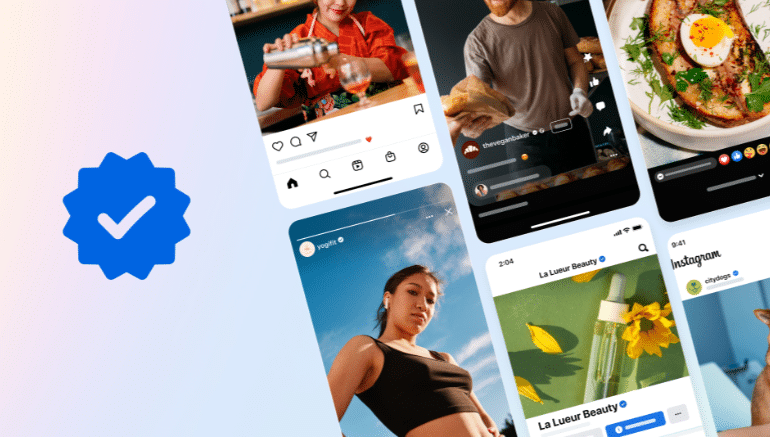
Google raised ad prices to boost revenue without telling advertisers
With Google’s antitrust trial underway, there is a lot we are sure to learn. The first bombshell dropped was the allegation that Google has been quietly raising their ad prices to boost the revenue earned from their search engine.
During the trial, the Department of Justice wanted to focus on Google’s biggest money maker on the search engine: ads. Due to Google’s dominant market position, the tech giant is able to raise the prices of their advertisements with little pushback, said The Verge.
During the trial, Jerry Dischler was brought up. Dischler is one of Google’s ad executives, and statements he said under oath in 2020 were unearthed, Bloomberg reported. Dischler said that Google tweaks their auction process in ways that could have raised prices in the past by at least 5% for the average advertiser and as possibly high as 10%. Due to the nature of the changes, Dischler disclosed that Google usually does not tell advertisers about price increases.
An advertising auction is a process that happens with all Google searches to decide what ads appear for specific searches, and in which order they show on that page, the New York Post shared. There are numerous factors that play into placement, like bidding price and relevance of keywords.
Why is this a problem? More than 60% of Google’s total revenue is generated from ads on the search engine. In 2020, the ads earned Google more than $100 billion, reported Search Engine Land. Not only that, but the Department of Justice alleges that Google has a 90% market share in the search market. With such a large portion of market share, Google could manipulate the market, which they already allegedly have – like paying to make Google the default search engine on Apple devices. Google claims that their market share reflects their product’s quality versus using it for ill intent, Reuters shared.
What else will we learn as the trial continues?
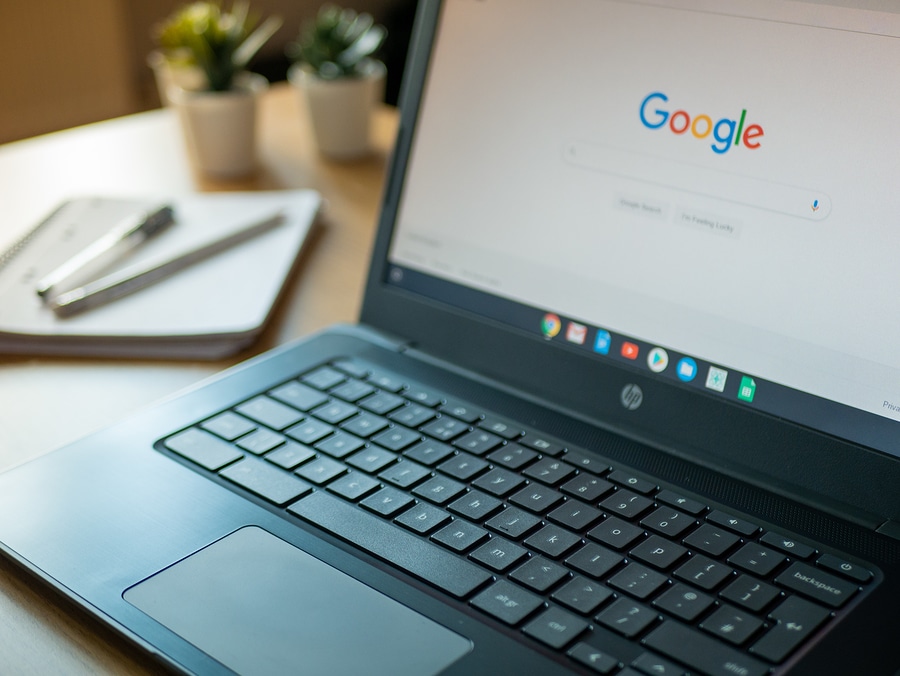
Copyright © 2023 Authority Media Network, LLC. All rights reserved. Reproduction without permission is prohibited.
Music industry revenue peaks at $8.4 billion
Music industry revenue has hit an all-time high among all forms of media. What is making the industry sing right now? The Recording Industry Association of America tells us in their mid-year revenue report.
Total revenue for the industry grew 9.3% at estimated retail value, up to an all-time high of $8.4 billion. For wholesale, revenue grew to $5.3 billion, the report shared. The key growth factors? Paid subscriptions from services including Spotify, Apple Music, Amazon Music, and more. The average number of paid subscriptions throughout the first six months of the year sat at 95.8 million.
Paid subscriptions for the first half of the year grew 10.3% to $7.02 billion. The largest growth factor within subscriptions was represented by paid subscriptions, followed by limited tier paid subscriptions. Ad-supported streaming was included in this figure. Two-thirds of total revenues and more than three-fourths of streaming revenues came from paid subscription services.
The physical media market also continued to grow, hitting a record high since 2013, The Verge said. Physical media sits at a $882 million market. Vinyl records make up 72% of that share, selling 23 million records in the first half of this year. There were 15 million CDs sold, bringing in a total of $236 million.
While physical media and subscriptions were high, digital downloads declined. Overall, the market was down 12%, going down to $225 million. In addition, digital media sales decreased to $207 million. Downloads only accounted for 3% of recorded music revenue for the first half of the year, Variety reported.
“This report described a thriving, growing music ecosystem that continues to reach new heights and shape our culture. As we’re fond of saying, music doesn’t just happen. This success reflects the hard work, innovation, and creative genius of the artists, songwriters, labels, publishers and services that make up the U.S. music community,” Mitch Glazier of the RIAA said of the report.

Copyright © 2023 Authority Media Network, LLC. All rights reserved. Reproduction without permission is prohibited.
GoPuff launches Student FAM membership
GoPuff is making life for students a little sweeter. To kick off the new school year, they are rolling out a discounted membership program for students. The new offering is called Student FAM and is providing all the benefits of their regular FAM service for half the cost.
“In 2013, we founded GoPuff in Philadelphia on our college campus with the premise of improving college students’ lives. Today, we are excited to introduce our Student FAM membership which, at only $3.99 a month, is a no-brainer for all college students. We are proud to bring significant value and convenience to more than 1,000 campuses across the country,” Yakir Gola of GoPuff said in a press release.
FAM will cost a student $3.99 per month, or $39.99 per year, and is available to students on more than 1,000 campuses across the country, Grocery Dive reported. The student offering will provide unlimited free deliveries with zero added fees and can bring an average savings of around 30% on more than 100 essential products.
A new addition will include limited-time discounts of over 40% on “trendy, new brands.” GoPuff has partnered with Bumble to give students a free seven-day Bumble Premium trial, and Gauthmath to receive an extended trial, as well as 25% off a premium subscription.
FAM members account for half of GoPuff orders, and are saving an average of $20 in savings per month per member, according to Progressive Grocer. Many believe the subscription will pay for itself in just one order. Many prefer the service because of its valuable incentives, as well as lower prices compared to other delivery services.
Undergraduate and graduate students with an email address ending in .edu are eligible to join the membership program. New customers can also use the code “GOPUFFU” for $100 off, and a chance to win a $50,000 prize, Convenience Store News reported. GoPuff and their team will also visit campuses across the states of Arizona, Florida, Texas, California, Chicago, and more to give away discounts and more.
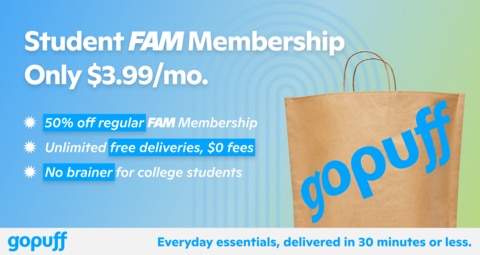
Amazon Prime Video to soon include ads
Amazon has an update for Prime Video fans. The company announced they will start including limited Prime Video ads in early 2024. Why? The company said the ad revenue is needed to continue invest in content.
“To continue investing in compelling content and keep increasing that investment over a long period of time, starting in early 2024, Prime Video shows and movies will include limited advertisements. We aim to have meaningfully fewer ads than linear TV and other streaming TV providers,” Amazon said.
“Since we launched Prime in 2005, we’ve continued to improve the program and add to the list of benefitsour members enjoy. You can expect us to continue to add benefits and features over time,” added Amazon.
Ads will start to be introduced in the US, the UK, Germany and Canada in early 2024. They will then expand to France, Italy, Spain, Mexico and Australia later in the year. With the changes regarding ads, Amazon will not increase the price of Prime for 2024. Instead, if viewers would like to opt out of ads, they can pay an additional $2.99 US per month. Pricing for other countries has not been provided.
Amazon will start emailing Prime subscribers “several weeks” before the Prime Video ads are set to be introduced on their account, as well as information on how to opt-out of ads, Forbes said. The company shared that advertisements will be limited, with a goal of having fewer ads than linear TV and other streaming providers. Competing services like Max show four minutes of ads per hour.
Prime Video cost Amazon $16.6 billion in 2022, with $7 billion of that spent on original content, according to Ars Technica. Amazon already helps to supplement that money with product placement, as well as ads on their sports programming. Additionally, Amazon gains ad revenue from its streaming service Freevee. With the switch to ads on the platform, Amazon can generate revenue in two ways: advertising revenue or additional subscription revenue from viewers who don’t want to see any ads.
With the addition of Prime Video ads, this pegs Amazon Prime Video as another streaming advertiser to include ads. However, only charging a viewer almost $3 more with ads is better than competitors like Disney+ or Netflix, whose ad-free prices are 50% to 75% more expensive than the ad-supported options.
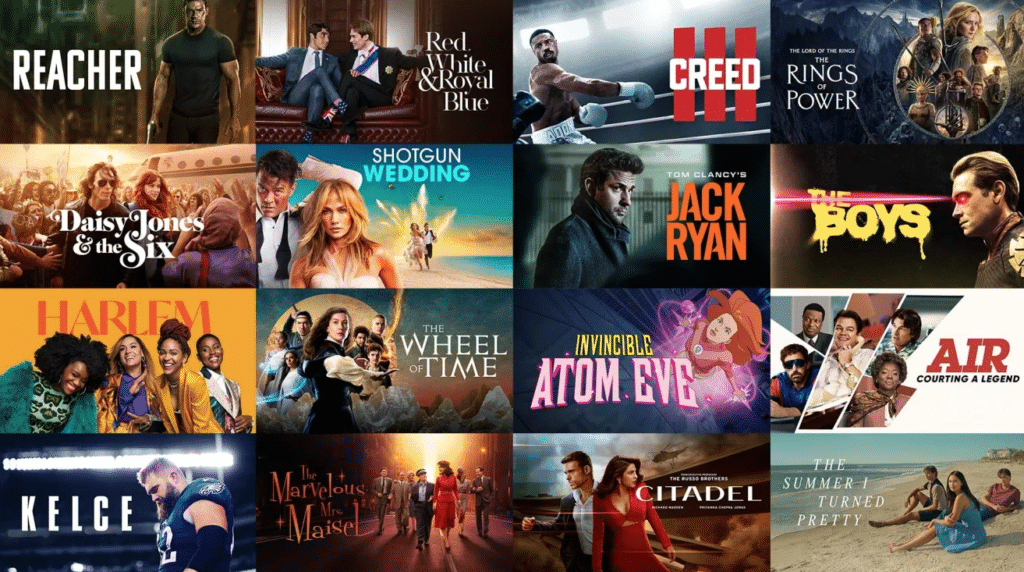
Copyright © 2023 Authority Media Network, LLC. All rights reserved. Reproduction without permission is prohibited.


